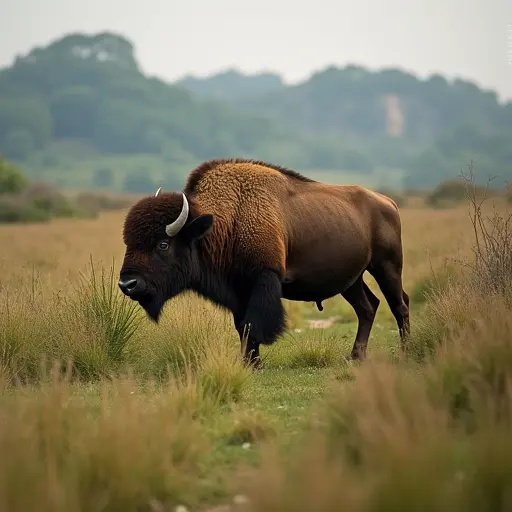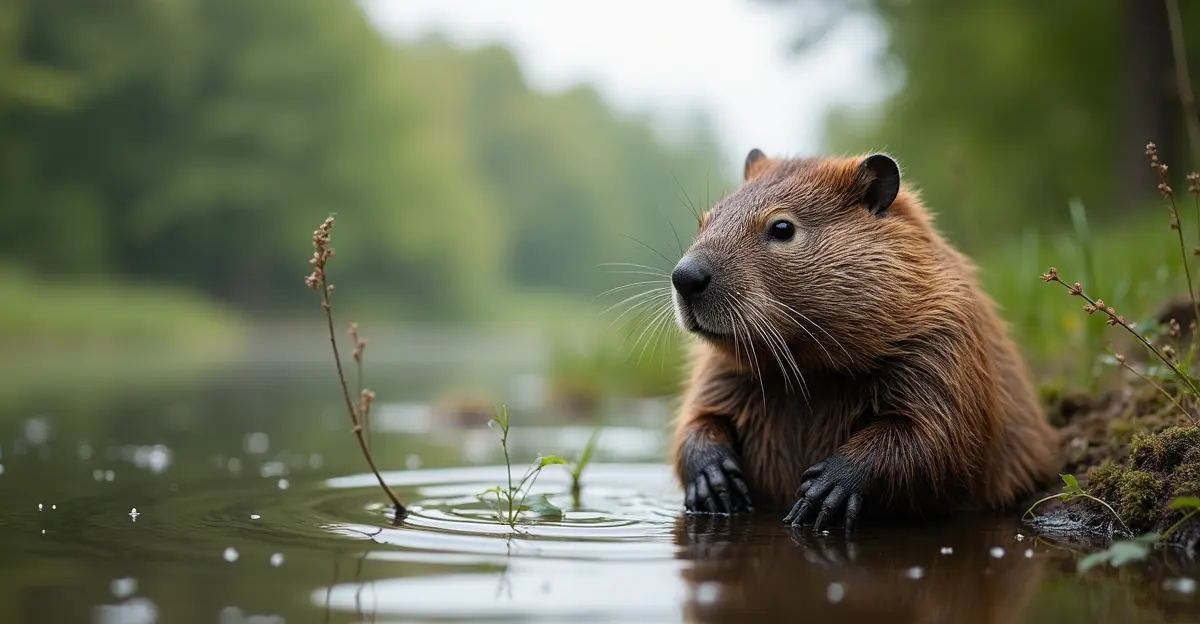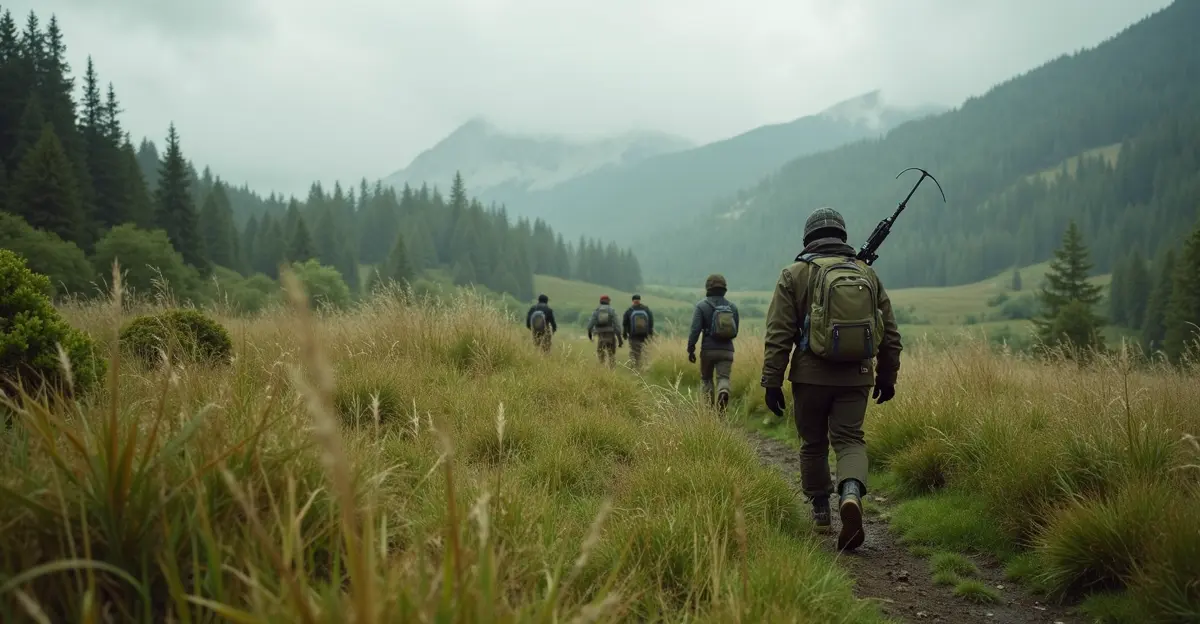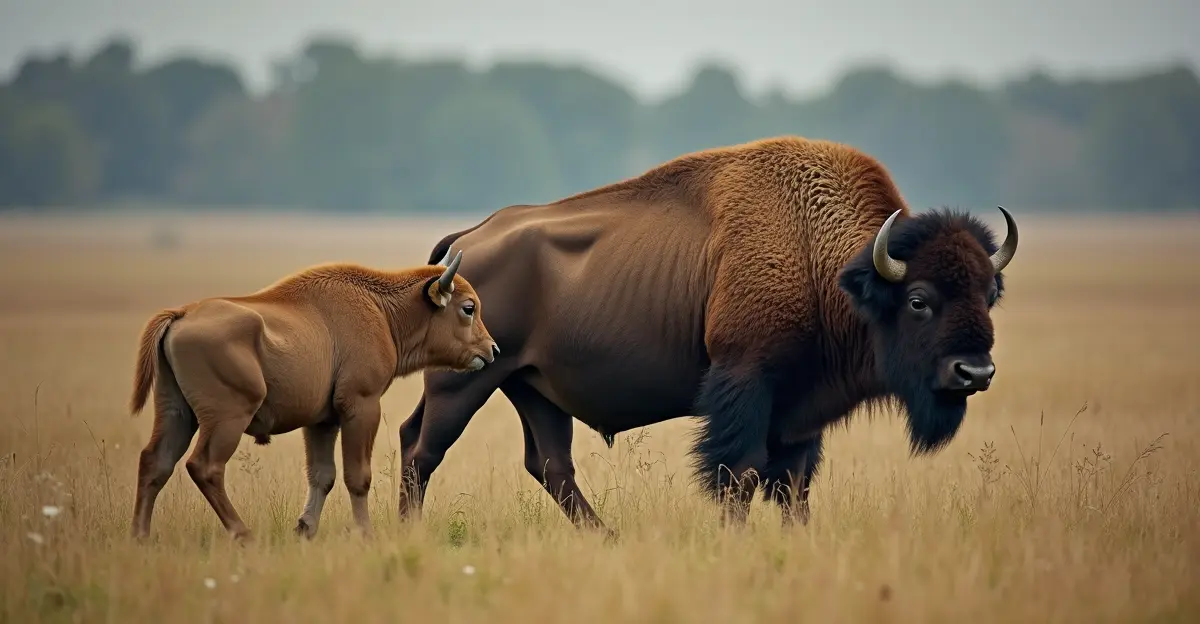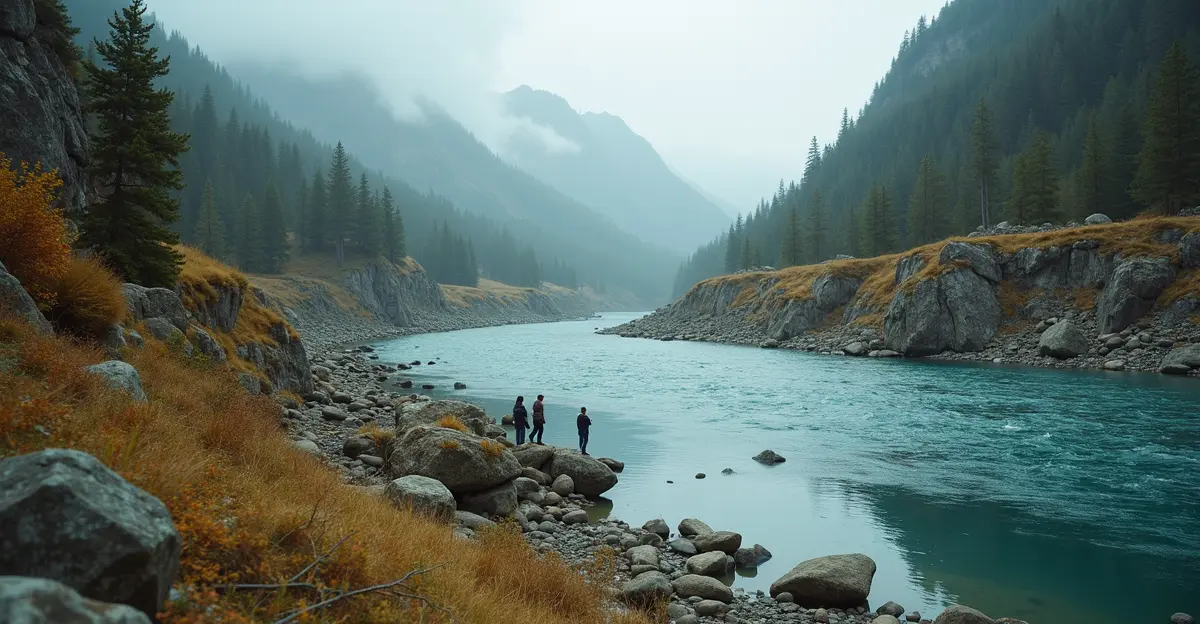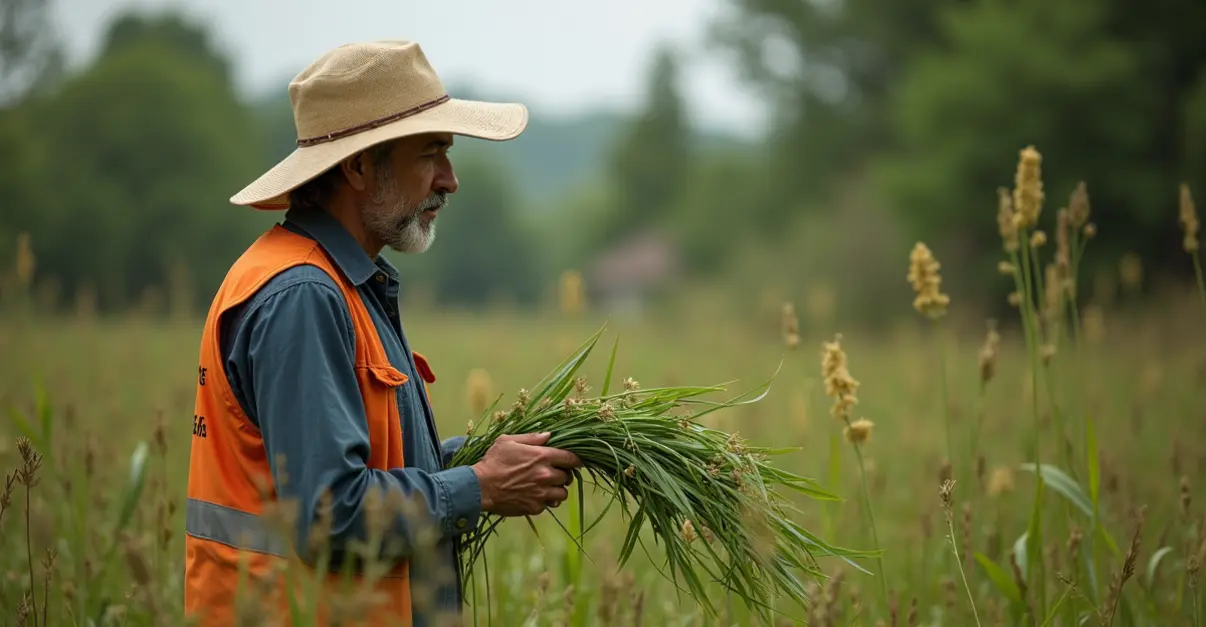Multi-day paddling journeys through rewilded rivers reveal remarkable wildlife recovery, from salmon returning to dam-free Elwha River to beaver-engineered wetlands and otter comebacks across restored waterways.
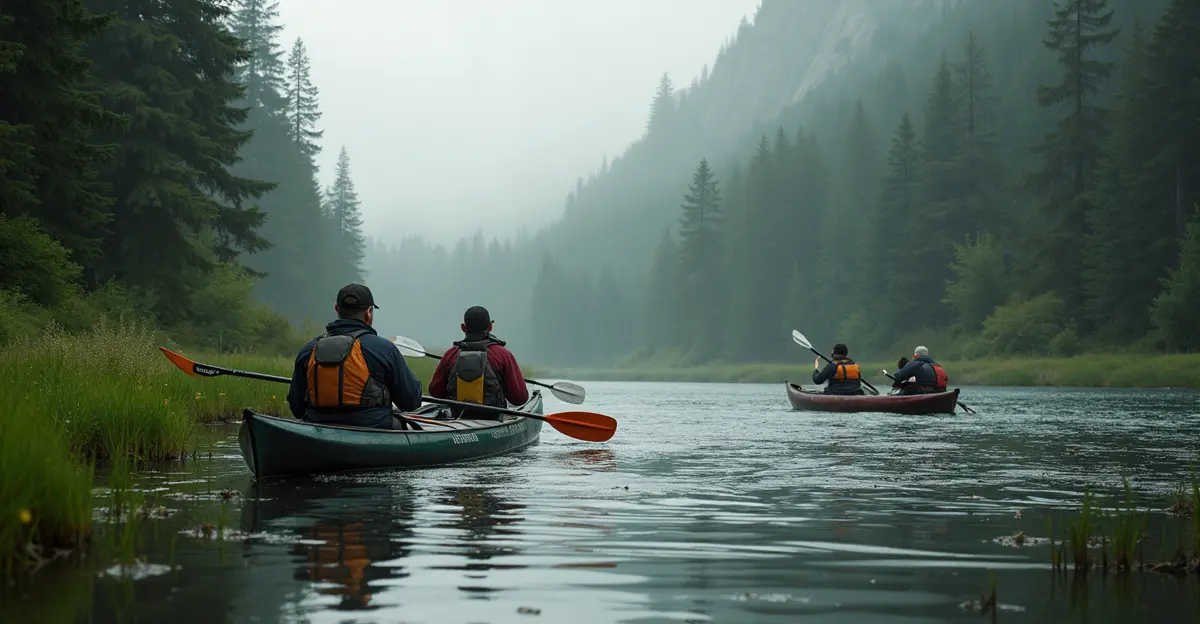
Rediscovering Nature Through Multi-Day Paddling Adventures
Across North America, a quiet revolution is unfolding along river corridors as rewilding projects transform degraded waterways into thriving ecosystems. These restoration efforts are creating unprecedented opportunities for multi-day paddling journeys that offer intimate encounters with wildlife species once pushed to the brink of extinction. From the Pacific Northwest to the Midwest, paddlers are witnessing firsthand the remarkable recovery of river ecosystems and the return of iconic species.
The Elwha River: A Watershed Moment in Rewilding
Twelve years after the historic removal of two dams on Washington's Elwha River, the transformation has been nothing short of miraculous. 'For the first time in over a century, salmon are returning to their historic spawning grounds, and we're seeing cougars, elk, and bears roaming newly restored lands,' says Dr. Maria Rodriguez, a conservation biologist who has studied the river's recovery. The river now flows freely for 45 miles from its headwaters in the Olympic Mountains to the Strait of Juan de Fuca, creating what paddlers describe as one of the most spectacular multi-day journeys in the Pacific Northwest.
The restoration has created 800 acres of newly accessible land where wildlife now thrives. Paddlers on multi-day trips report encounters with river otters, bald eagles, and the occasional black bear along the banks. 'It's like paddling through a living laboratory of ecological recovery,' notes experienced kayaker Sarah Chen, who completed the full river journey last summer. According to recent reports, the river's natural flow has become so powerful that it's reshaping the landscape, tearing up old infrastructure and creating new channels for wildlife movement.
Beaver Engineering: Nature's Restoration Partners
Beavers are emerging as unexpected heroes in river rewilding efforts across the continent. Recent U.S. Fish & Wildlife Service initiatives demonstrate how these ecosystem engineers create habitat that benefits multiple species. Contrary to popular belief, beavers don't prey on salmon—their dams actually create beneficial conditions by slowing water flow, forming wetlands, and creating pools that provide salmon with hiding spots from predators and cooler refuge during hot weather.
'Beavers are nature's wetland architects, and their work creates habitat for dozens of other species,' explains wildlife biologist Mark Thompson, who coordinates beaver relocation projects in Washington State. In 2024 alone, the Wenatchee-Entiat project relocated 12 beavers from six family groups, while the Methow Okanogan Beaver Project moved 10 beavers from three families to targeted restoration sites.
Stanford researchers have documented how beaver reintroduction creates climate-resilient watersheds. Their research mapping over 80 beaver pond complexes across four states reveals how these structures increase freshwater storage, enhance groundwater recharge, and improve water quality—all while supporting biodiversity.
Midwest Restoration: The Emiquon Nature Preserve
In Illinois, the Emiquon Nature Preserve represents one of the largest wetland restoration projects in the Midwest. The ongoing effort to reconnect wetlands to the Illinois River is creating new paddling opportunities while demonstrating the power of hydrological restoration. 'We're seeing species return that haven't been here in decades—from migratory birds to aquatic mammals,' says preserve manager Jessica Williams.
The project focuses on reestablishing natural water flow between the wetlands and river system, which improves water quality and supports wildlife habitat. Paddlers exploring these restored waterways report increased sightings of great blue herons, muskrats, and various turtle species that had declined during years of habitat degradation.
River Otter Revival: A Conservation Success Story
The North American river otter has made one of the most remarkable comebacks in conservation history. After facing near-extinction by the mid-20th century due to pollution and habitat loss, otters now thrive in all contiguous U.S. states and Alaska. From 1995-2001, New York's Department of Environmental Conservation relocated 279 otters from northern strongholds to 16 sites in central and western regions, creating populations that paddlers now regularly encounter.
'Seeing a family of otters playing in the water during a multi-day trip is one of the most magical experiences a paddler can have,' shares outdoor guide Michael Torres. 'Their return signals that our rivers are healing.'
Planning Your Rewilding Paddle Adventure
For those interested in experiencing these restored waterways firsthand, several organizations offer guided multi-day paddling trips. The Northern Forest Canoe Trail provides a 740-mile epic route from Maine to New York, while the Salmon River in Idaho offers 104 miles of diverse waters through stunning landscapes. Many of these journeys incorporate educational components about local rewilding efforts and wildlife conservation.
As rewilding continues to gain momentum, these paddle journeys offer more than just recreation—they provide living proof that with careful restoration and conservation efforts, degraded ecosystems can recover and thrive once again. The sight of salmon leaping in restored rivers, beavers building new wetlands, and otters playing in clean waters serves as powerful inspiration for continued conservation work across the continent.

 Nederlands
Nederlands
 English
English
 Deutsch
Deutsch
 Français
Français
 Español
Español
 Português
Português




